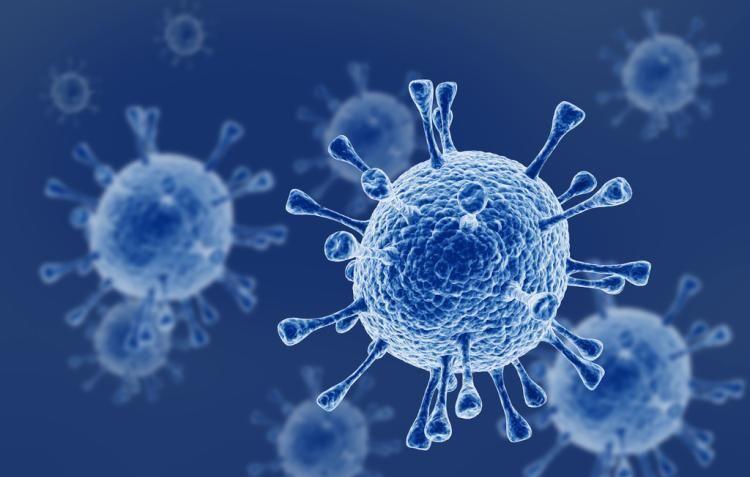According to reports, the much-concerned Omicron has a "sister", and more than 400 cases of infection with the variant have been found in the UK, and the rate of transmission is alarming.
The UK Health Security Agency (UKHSA) lists it as a "variant virus under investigation" (VUI), which is actually a sub-variant of the latest version of BA.2, the Omiljun strain. International data suggest that it may spread relatively quickly and is more difficult to track through nucleic acids due to the lack of a key mutation.
UKHSA said cases of infection with the BA.2 strain were also detected in about 40 other countries, accounting for the majority of the latest cases in some countries such as India, Denmark and Sweden. Although the Omiljung strain BA.1 variant still dominates in the UK, cases of infection with the BA.2 variant are still increasing.
Statistics from the National Institute of Infectious Diseases in Japan show that at least 27 cases of the Omikejung strain subtype variant of BA.2 have been found in Japan. Japanese experts analyzed that its infectivity was 18% stronger than the Omiljung strain, and called for vigilance against future outbreaks.

Image: Figureworm
Another study from Japan is worrying that the mutated strain of the new coronavirus has survived longer on the surface of plastic drinking skin than the original strain at the time of the early epidemic.
The researchers found that on the surface of the plastic, the survival time of the original strain of the new coronavirus and the alpha, beta, gamma and Delta variant strains was 56 hours, 191.3 hours, 156.6 hours, 59.3 hours and 114 hours, respectively. Omikron is the strongest, and it can survive on plastic surfaces for 193.5 hours, equivalent to 8 days.
On autopsy skin samples, the survival time of the original strain was 8.6 hours, the alpha strain was 19.6 hours, the beta strain was 19.1 hours, the gamma strain was 11 hours, and the Delta strain was 16.8 hours; and the Aumechjong strain could be up to 21.1 hours.
According to a latest study in the United States, Professor Efan Maldonado, an epidemiologist and infectious disease research scholar at Stanford University School of Medicine, said that after the Aumechjong variant, another new new coronavirus strain may hit, and the Aumiqueron variant will be replaced, but the new coronavirus may never disappear completely.
Source: Forward-looking Economist